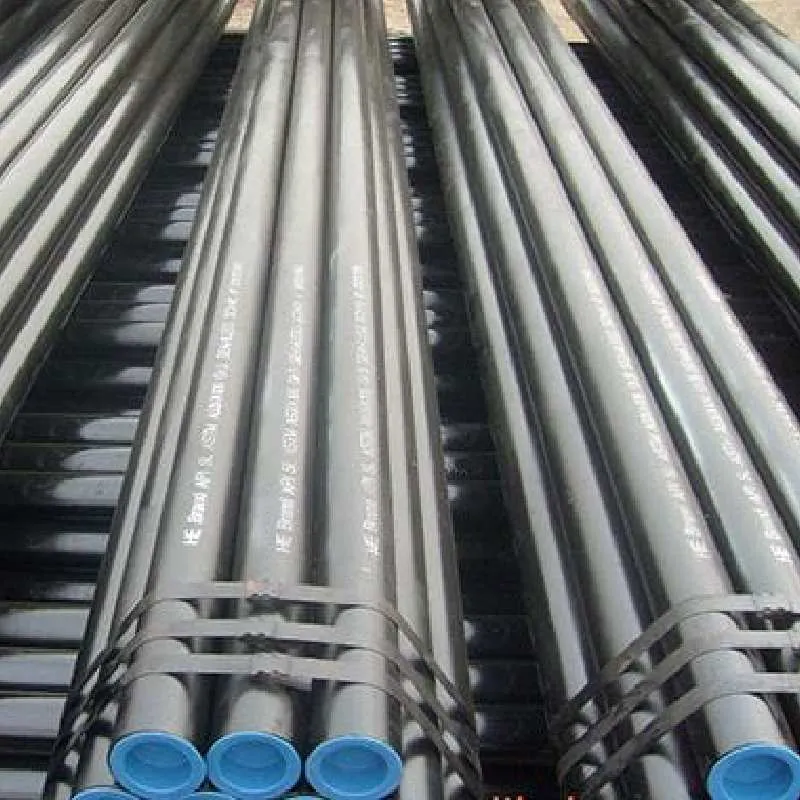-
Cangzhou Yulong Steel Co., Ltd.
-
Phone:
+86 13303177267 -
Email:
admin@ylsteelfittings.com
- English
- Arabic
- Italian
- Spanish
- Portuguese
- German
- kazakh
- Persian
- Greek
- French
- Russian
- Polish
- Thai
- Indonesian
- Vietnamese
- Zulu
- Korean
- Uzbek
- Hindi
- Serbian
- Malay
- Ukrainian
- Gujarati
- Haitian Creole
- hausa
- hawaiian
- Hebrew
- Miao
- Hungarian
- Icelandic
- igbo
- irish
- Japanese
- Javanese
- Kannada
- Khmer
- Rwandese
- Afrikaans
- Albanian
- Amharic
- Armenian
- Azerbaijani
- Basque
- Belarusian
- Bengali
- Bosnian
- Bulgarian
- Catalan
- Cebuano
- China
- China (Taiwan)
- Corsican
- Croatian
- Czech
- Danish
- Esperanto
- Estonian
- Finnish
- Frisian
- Galician
- Georgian
- Kurdish
- Kyrgyz
- Lao
- Latin
- Latvian
- Lithuanian
- Luxembourgish
- Macedonian
- Malgashi
- Malayalam
- Maltese
- Maori
- Marathi
- Mongolian
- Myanmar
- Nepali
- Norwegian
- Norwegian
- Occitan
- Pashto
- Dutch
- Punjabi
- Romanian
- Samoan
- Scottish Gaelic
- Sesotho
- Shona
- Sindhi
- Sinhala
- Slovak
- Slovenian
- Somali
- Sundanese
- Swahili
- Swedish
- Tagalog
- Tajik
- Tamil
- Tatar
- Telugu
- Turkish
- Turkmen
- Urdu
- Uighur
- Welsh
- Bantu
- Yiddish
- Yoruba

Oct . 14, 2024 16:22 Back to list
Blank Flange Plate Specifications and Applications in Industrial Settings
Understanding Blank Flange Plates Key Concepts and Applications
A blank flange plate is a crucial component in various industrial applications, serving as a fundamental element for connecting pipes, valves, pumps, and other equipment. This article explores what blank flange plates are, their types, materials used, and their significance in engineering and construction.
What is a Blank Flange Plate?
A blank flange plate is a flat disc, typically made from metal, that has no holes or additional features. It is designed to cover the ends of pipes or to serve as a termination point. The plate is used in piping systems where a complete seal is required, or where equipment may need to be closed off for maintenance or safety reasons. Unlike other types of flanges, a blank flange does not have any bolt holes or fittings, making it versatile for various applications.
Types of Blank Flange Plates
Blank flanges can come in various sizes and thicknesses, depending on the specific requirements of the piping system. They are classified primarily based on their pressure ratings, which determine how much pressure they can withstand before failing. Common pressure ratings include
- Class 150 - Class 300 - Class 600
Each class has different specifications for dimensions and pressure tolerance, adhering to industry standards such as ANSI (American National Standards Institute) and ASME (American Society of Mechanical Engineers).
Materials Used
blank flange plate

Blank flange plates are available in multiple materials, which allows for selection based on environmental conditions, pressure requirements, and types of fluids being transported. Common materials include
1. Carbon Steel Known for its strength and cost-effectiveness, carbon steel blank flanges are widely used in various industries. 2. Stainless Steel Offers higher resistance to corrosion, making it suitable for applications in chemical processing, food and beverage, and marine environments. 3. Alloy Steel Used in high-pressure applications due to its durability and resistance to extreme conditions. 4. Plastic and Composite Materials Employed in corrosive environments or applications where weight reduction is necessary.
Applications of Blank Flange Plates
1. Pipeline Systems In pipelines, blank flange plates are essential for closing off sections of piping that are not in service. They ensure safety by preventing leaks and pressure loss in pressurized systems.
2. Maintenance and Isolation During routine maintenance, blank flanges are used to isolate sections of a system, allowing technicians to safely work on equipment without risking spillage or exposure to hazardous materials.
3. Pressure Vessels In tanks and reactors, blank flange plates can seal openings, enabling the safe storage of liquids and gases under pressure.
4. Structural Applications In construction, these plates can serve as part of structural supports where a stable, sealed connection is necessary.
Conclusion
Blank flange plates may seem like simple components, but their importance cannot be overstated. They play a vital role in ensuring the integrity, safety, and efficiency of various systems across multiple industries. By understanding the types, materials, and applications of blank flanges, engineers and technicians can make informed decisions when selecting components for their projects. Whether in a chemical plant, water treatment facility, or oil refinery, the reliable functionality of blank flange plates contributes to the overall performance and safety of industrial operations.
Latest news
-
ANSI 150P SS304 SO FLANGE
NewsFeb.14,2025
-
ASTM A333GR6 STEEL PIPE
NewsJan.20,2025
-
ANSI B16.5 WELDING NECK FLANGE
NewsJan.15,2026
-
ANSI B16.5 SLIP-ON FLANGE
NewsApr.19,2024
-
SABS 1123 FLANGE
NewsJan.15,2025
-
DIN86044 PLATE FLANGE
NewsApr.19,2024
-
DIN2527 BLIND FLANGE
NewsApr.12,2024
-
JIS B2311 Butt-Welding Fittings LR/SR 45°/90° /180°Seamless/Weld
NewsApr.23,2024











